There is enough in the document to declare the birth of a new Hamas movement, which breaks with its early founding years.
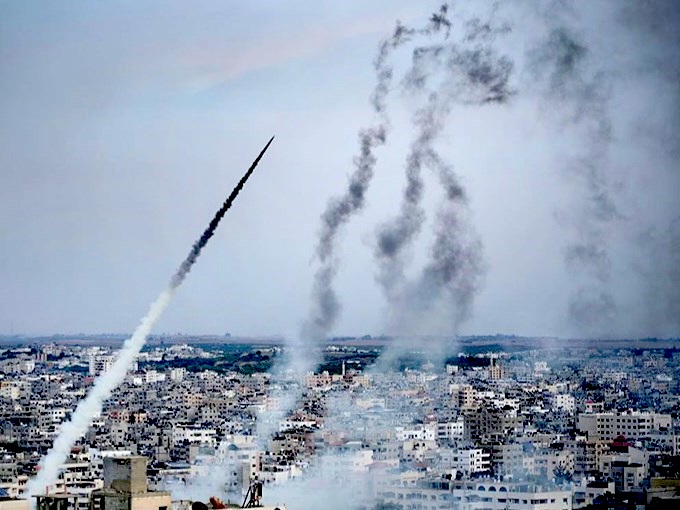
Hamas rocket attack from Gaza into Israel, Oct. 7, 2023. (Tasnim News Agency, Wikimedia Commons, CC BY 4.0)

The document is not likely to get Western media and government attention because Hamas’ narrative of the events of Oct. 7 clashes with the propaganda put out by Israel and spread by Western governments and media. Nevertheless, there is enough in the document to declare the birth of a new Hamas movement, which breaks with its early founding years.
In the history of Palestinian struggle, political organizations fade away while new ones always emerge to replace them. Leaders are discredited after major historical events, and new leaders emerge and capture the imagination of a new Palestinian generation.
Some political organizations (resistance groups) survive and stay, but undergo major political transformations. The Fatah movement was, in the 1960s and 1970s, the backbone of Palestinian military and political struggle.
While it did not achieve military success, and most of its operations against Israel failed, the Palestinian people rallied behind Fatah because Yasser Arafat was perceived to be the new (and later sole and undisputed) leader of the Palestinian revolution.
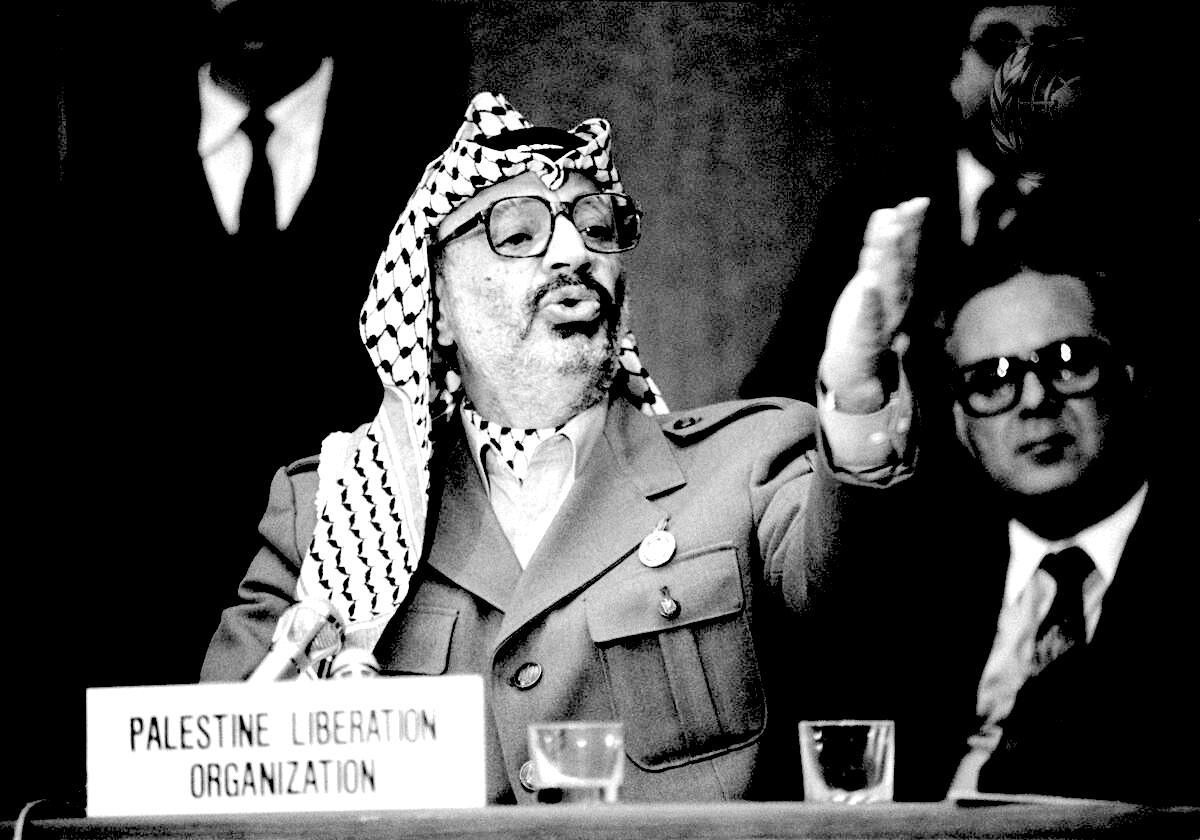
Feb. 19, 1988: Yasser Arafat, chairman of the Executive Committee of the Palestine Liberation Organization, addressing U.N. Commission on Human Rights in Geneva. (UN Photo)
Today, the Fatah movement is perceived, rightly, by most Palestinians as the surrogate army of the Israeli occupation and of the U.S. The Biden administration insists that Fatah (after some “revamping” and rebranding) will be the only acceptable party (acceptable to the U.S. and to some in Israel) to manage security and government in Gaza after the war.
The Palestinian people think otherwise and regard the army of the Palestinian Authority as the arm of repression on behalf of Israel and U.S. The notion that the U.S. and Israel can pick Palestinian leaders is as old as occupation and colonization.
Hamas has also changed over the years. When it was founded in 1987, it was a militant organization that focused heavily on religious rhetoric, and did not count on successful military operations as a source of legitimacy and credibility. It was associated closely with random bombings in the second intifada, when Arafat and the PLO were pushing a peaceful settlement with Israel.
But what accounts for change in the structure, role, and policies of a movement or resistance groups in the Arab East? In examining the changes in Hamas, it is instructive to look at the history of Hizbullah, the Shi’ite resistance group to Israel in Lebanon.
Change Factors
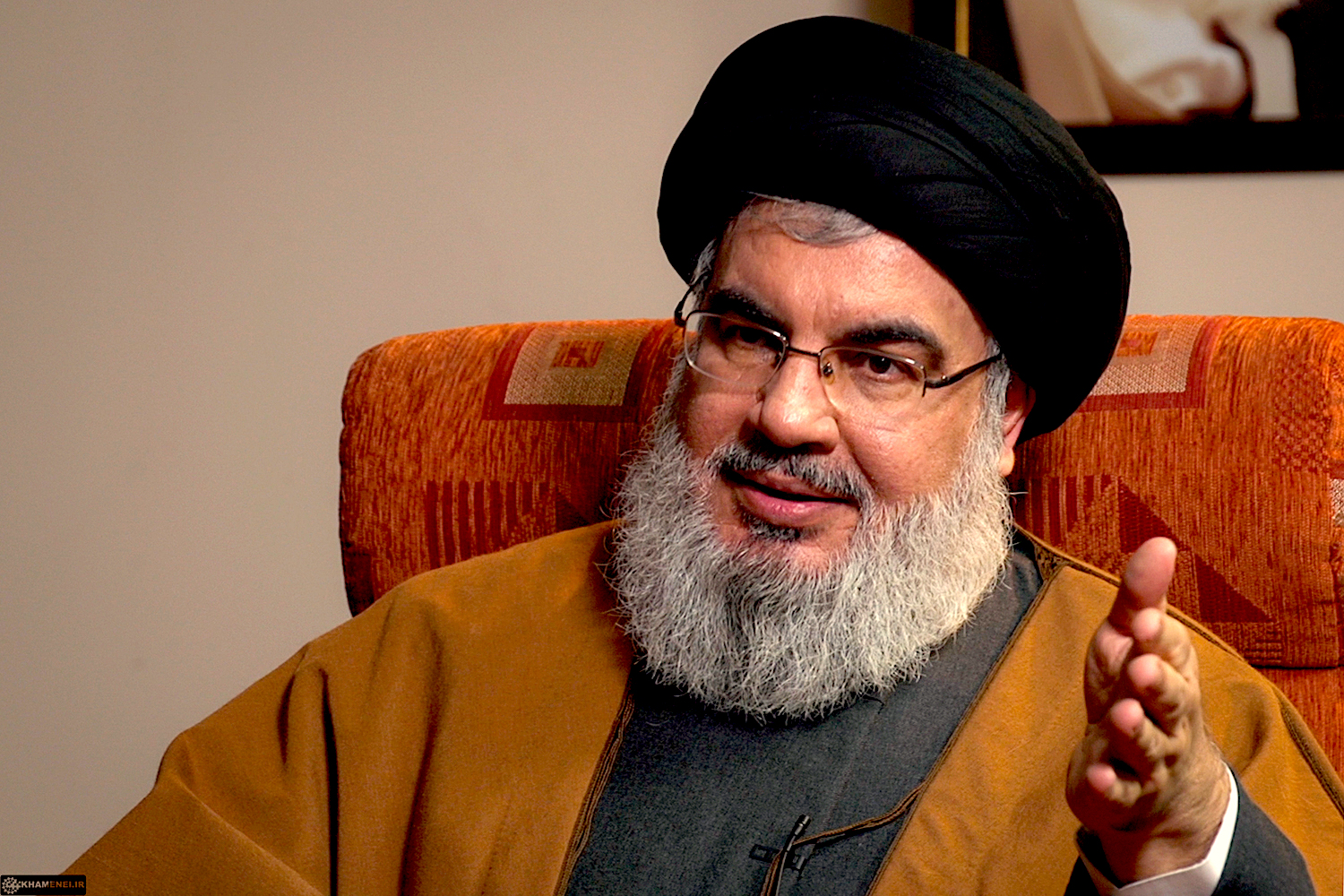
Hassan Nasrallah while meeting with Iranian officials in 2019. (Khamenei.ir, CC BY 4.0, Wikimedia Commons)
In Hizbullah’s case, one can discern several factors which play a role in shaping and shifting the focus and rhetoric of a movement.
A change of leadership can cause a major change in the policies and practices of an organization.
The Fatah Movement, before the imposition of the autocratic leadership of Arafat after 1970, was quite different from what it became later, also under Arafat, but more so under Mahmoud Abbas.
There was more of a collective leadership in the beginning. Similarly, Hasan Nasrallah inherited a Hizbollah party that was not quite popular or understood outside of Lebanon (and even inside of Lebanon).
Israel thought that by killing Abbas Musawi (plus his wife and child) in 1992, it was finishing off the phenomenon of Hizbullah forever. Instead, Nasrallah is largely responsible for turning the party into the largest Arab political party, probably ever, even if we take into account the Sudanese Communist Party in its heyday in the 1960s.
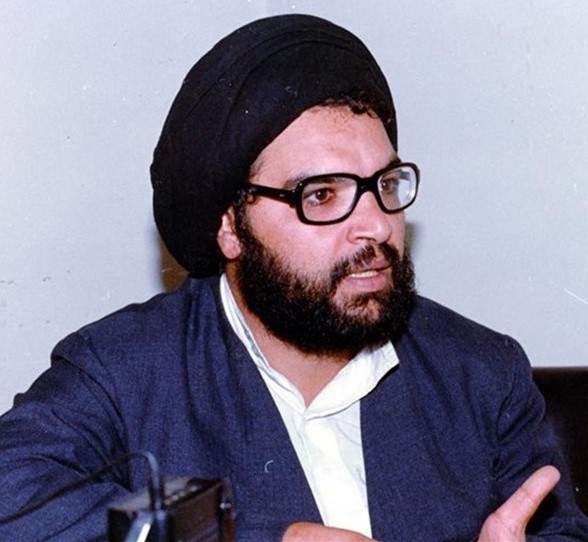
Sayed Abbas Al Mosawi, the co-founder and secretary general of Hezbollah. (Tasnim News Agency, Wikimedia Commons, CC BY 4.0)
Nasrallah also Lebanonized the party and married it to the Lebanese political scene where it had been somewhat alien before. He was behind abandoning the goal of an Islamic Republic in Lebanon, which had been Hizbullah’s centerpiece when the party was first established.
Nasrallah did not end the collective leadership which characterized Hizbullah since its founding, but his charisma propelled him into regional leadership, far beyond the narrow confines of Lebanese politics. Nasrallah consults with Iran and others within his party, but he is expected to make the party’s final strategic decisions, especially when it comes to Palestine and Lebanon.
Hizbullah was feared before Nasrallah, never loved or understood. In the Nasrallah era, the party became loved by some (most before the 2011 Syrian war), hated by others and misunderstood by many. (Of course, Saudi regime media specialize in distorting the meaning of Nasrallah’s words as part of its regional propaganda campaign to demonize enemies of Israel.)
The new leader of Hamas, Yahda Sinwar, is causing a drastic change in the role, practice, and effectiveness of Hamas. Just like Nasrallah, Sinwar began to leave his mark soon after assuming leadership in 2017.
Like Nasrallah (who served a security role with Hizbollah years before assuming the leadership), Sinwar had a security role with Hamas. He allegedly hunted down Israeli collaborators within Hamas and inside Gaza.
Israel’s failure to reach Hamas’ leadership and command structure has been because of the security regime installed in Gaza by Sinwar.

Khaled Meshaal in 2009. (Trango, Wikimedia Commons, CC BY 3.0)
He is not a wheeler-dealer like Khalid Mishal, the former Hamas leader, and avoids inter-Arab regime politics and conflicts. He also is a firm believer in the efficacy of the regional axis of resistance and puts that to great effect in how he husbands the movement’s military resources.
Hamas broke with its previous era when Mishal turned Hamas into an arm of Qatari foreign policy. Mishal was closer to Qatar and Turkey while Sinwar is closer to Iran, which supplies the movement with crucial military aid (Qatar supplies Hamas with financial aid, but reportedly in close coordination with Israel).
A party may change by learning from its past mistakes. When Hamas emerged, it had no qualms expressing anti-Jewish sentiments, even citing the notorious Protocols of the Elders of Zion. Hamas wasn’t even sensitive to Christian sensibilities at first. But that changed over time.
In this document (and in a political document of 2018) the movement made it clear that it harbors no ideology of hostility against Jews, qua Jews. This is a major shift, which was also articulated by Hizbullah in its political document of 2009.
To be sure, Israel and Western Zionists don’t want to concede that movements change. They want to pigeonhole all Palestinian and Arab resistance groups as Nazi-like, no matter what they do and say. To this day, Western media refers to the political rhetoric of Hamas from its first year and not from its more recent years.
They do the same with Hizbullah: Saudi regime media relish finding very old speeches of Nasrallah in which references to an Islamic state are made to alienate non-Shiite supporters in Lebanon and the Arab world.
Hamas also broke with its history of not trying to distinguish between Israeli military and civilian targets (despite its earliest statements that it does). It’s not easy for Arab resistance groups to make that distinction because: a) Israel and the Zionist movement since the 1930s never bothered to make distinctions between Arab civilians and combatants; b) because many Israelis (males and females) are armed and serve in the reserves.
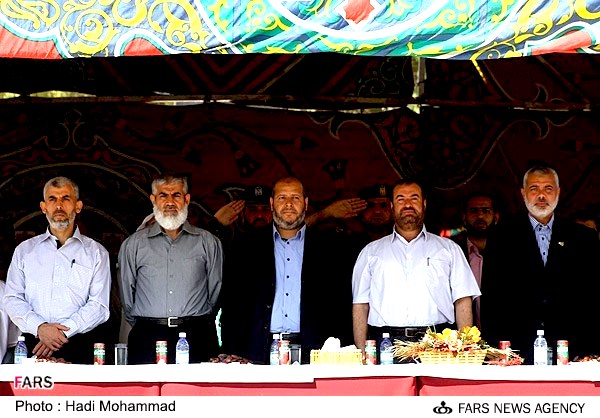
Hamas’ Yadar Sinwar , left, during police force exercise in Gaza in 2012. (Fars Media Corporation, Wikimedia Commons, CC BY 4.0)
The wave of suicide attacks by Hamas during the second intifada turned off Arab and non-Arab supporters of the Palestinians. In the new document Hamas enunciates a declared policy of avoiding targeting civilians as part of its religious and ethical doctrine. (I will delve deeper into this question in Part Two of this article.)
There was a similar path in Hizbullah’s history. Hizbullah is now very keen to avoid targeting civilians. Even in the recent months of war between Hizbullah and Israel, Hizbullah strictly targeted military sites in Israel when it would have been much easier to fire randomly.
In contrast, Israel in all its wars, manages to kill many (or mostly) civilians. In fact, Israel — in this recent war of genocide – does not deny that most of its victims in Gaza have been civilians but maintains many of those slaughtered were Hamas combatants.
(U.S. intelligence estimates that Israel has exaggerated the percentage of combatants killed). In the July war of 2006, the overwhelming majority of those killed by Hizbullah were soldiers and officers, while most of those who were killed on the Lebanese side were civilians.
As`ad AbuKhalil is a Lebanese-American professor of political science at California State University, Stanislaus. He is the author of the Historical Dictionary of Lebanon (1998), Bin Laden, Islam and America’s New War on Terrorism (2002), The Battle for Saudi Arabia (2004) and ran the popular The Angry Arab blog.

No comments:
Post a Comment